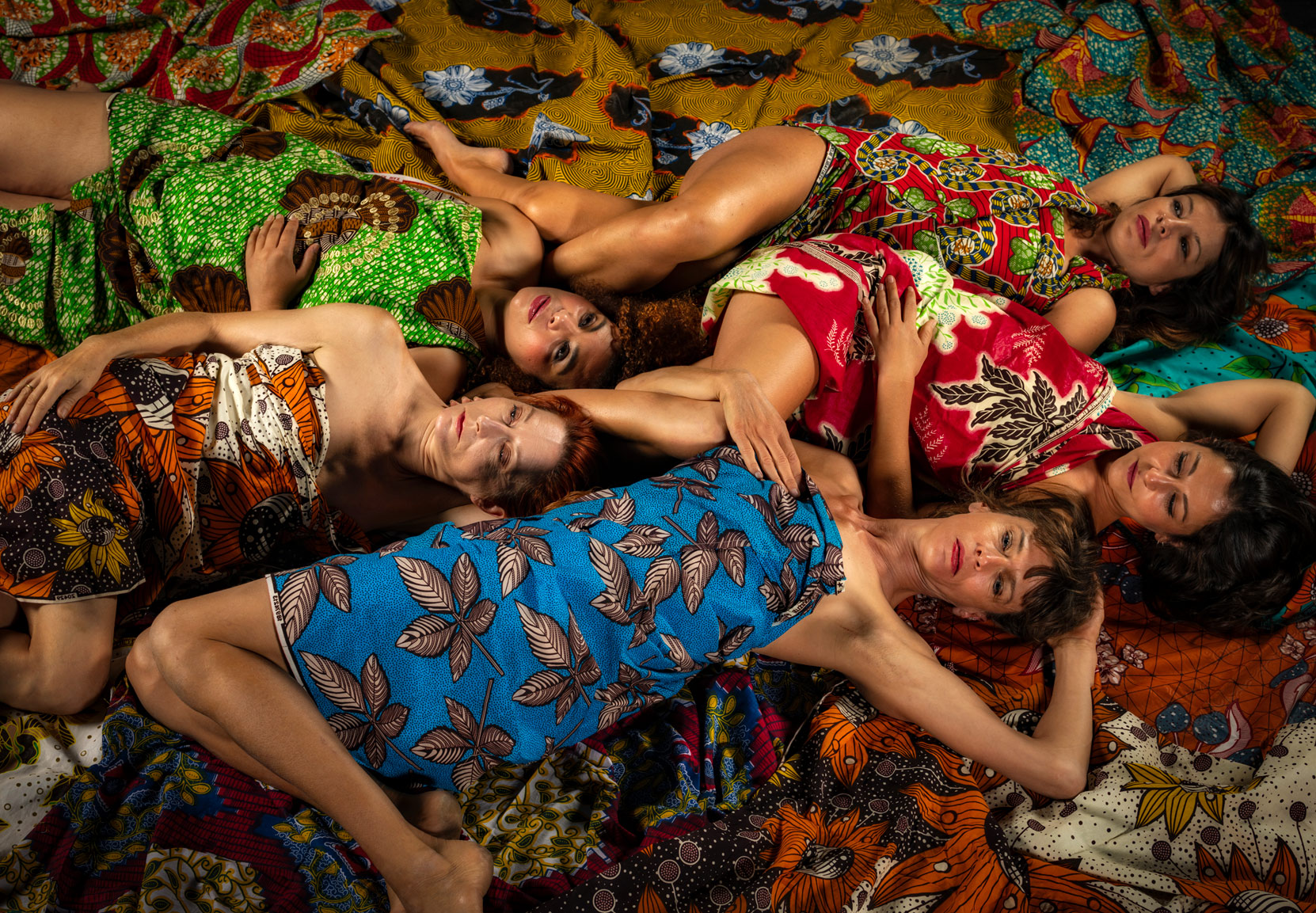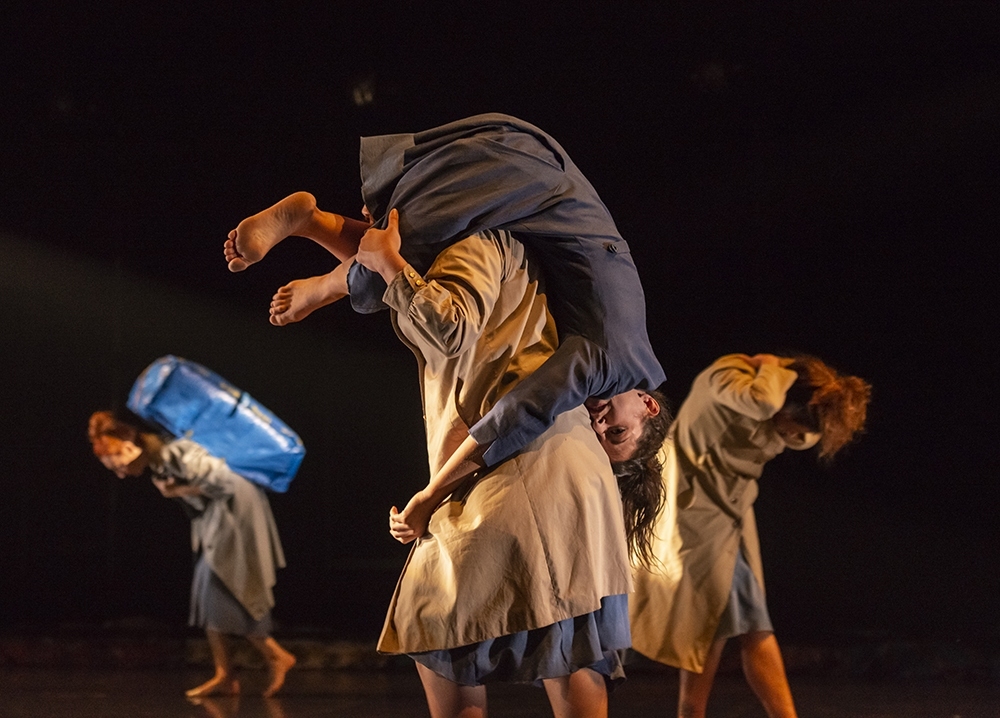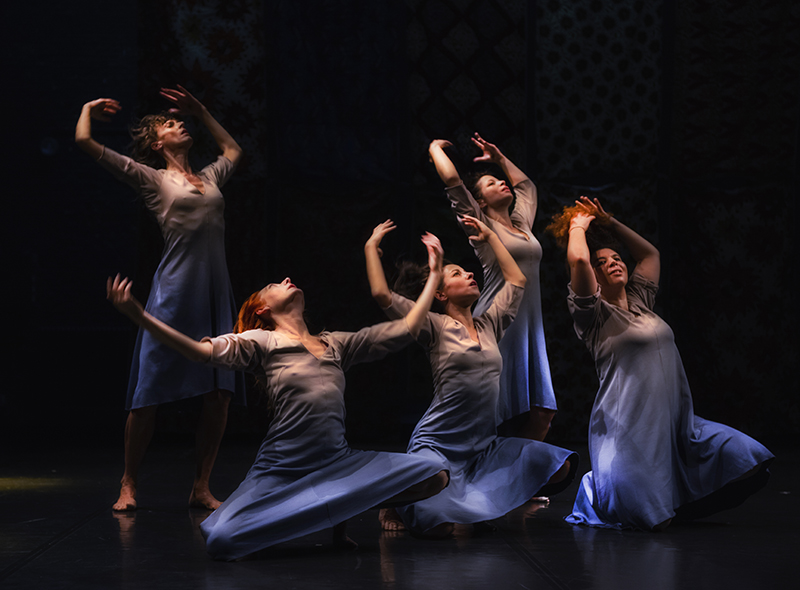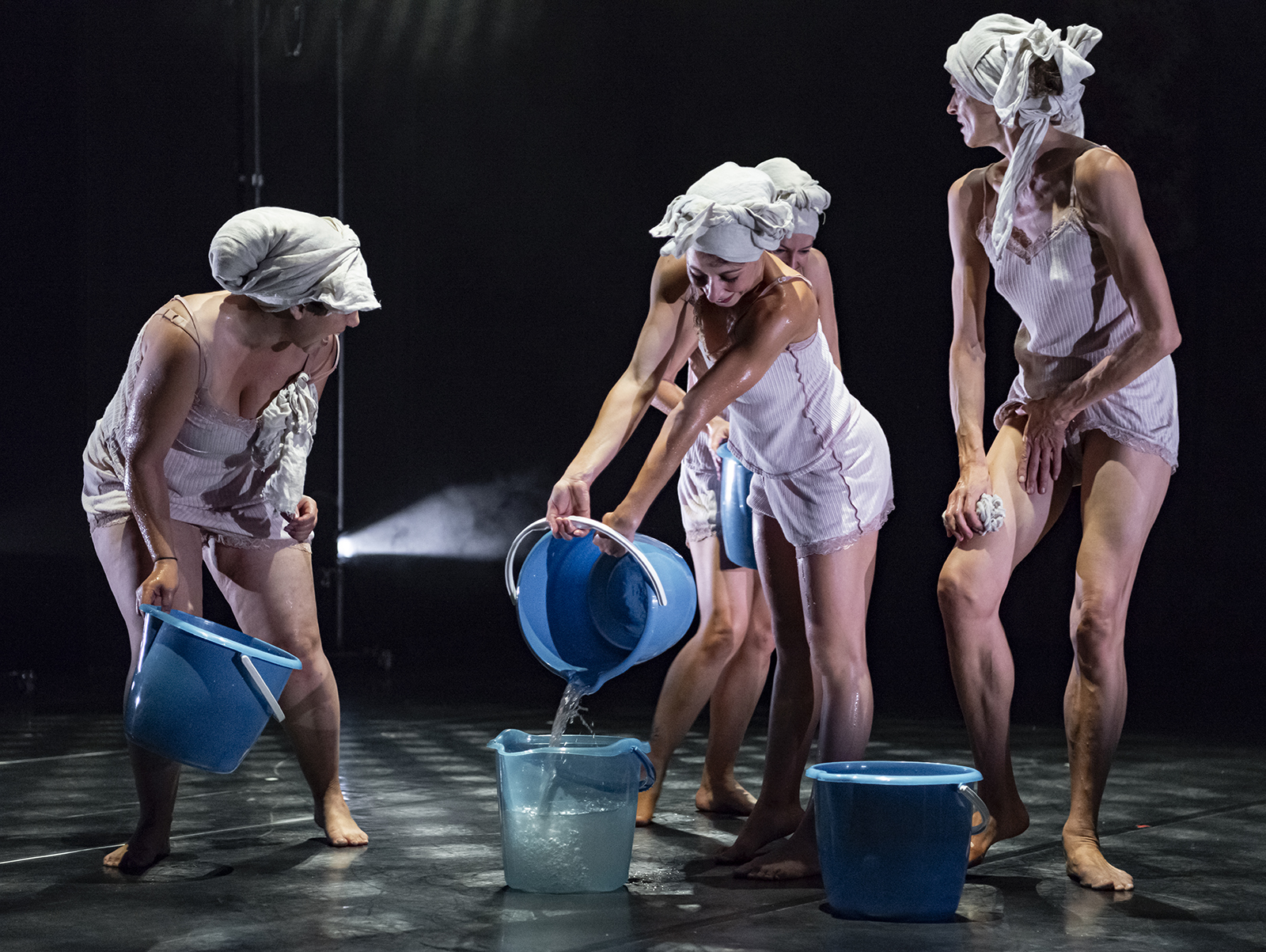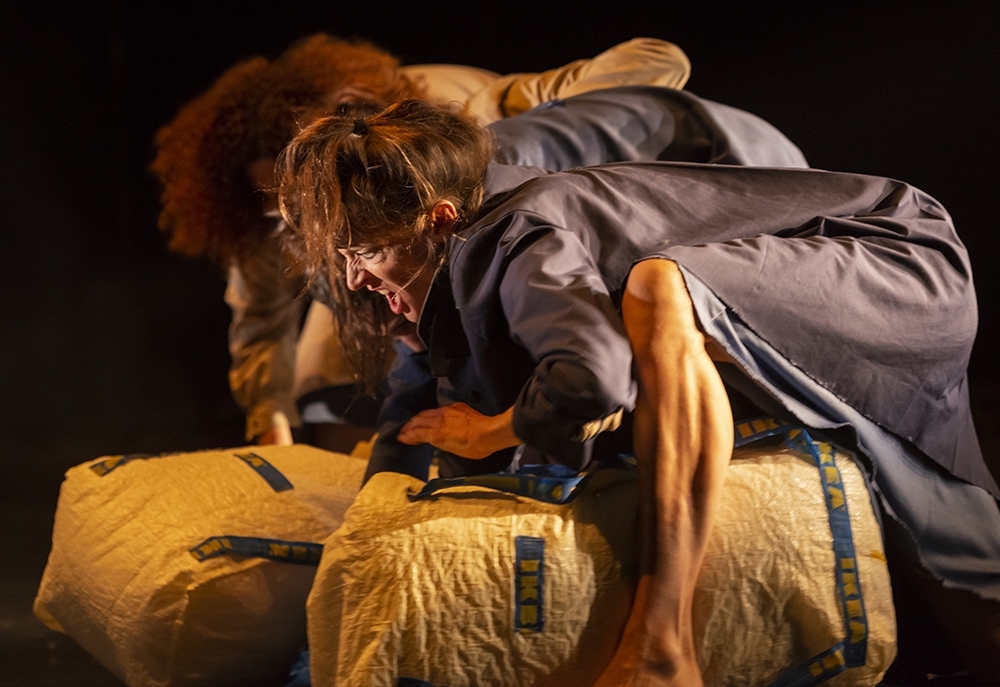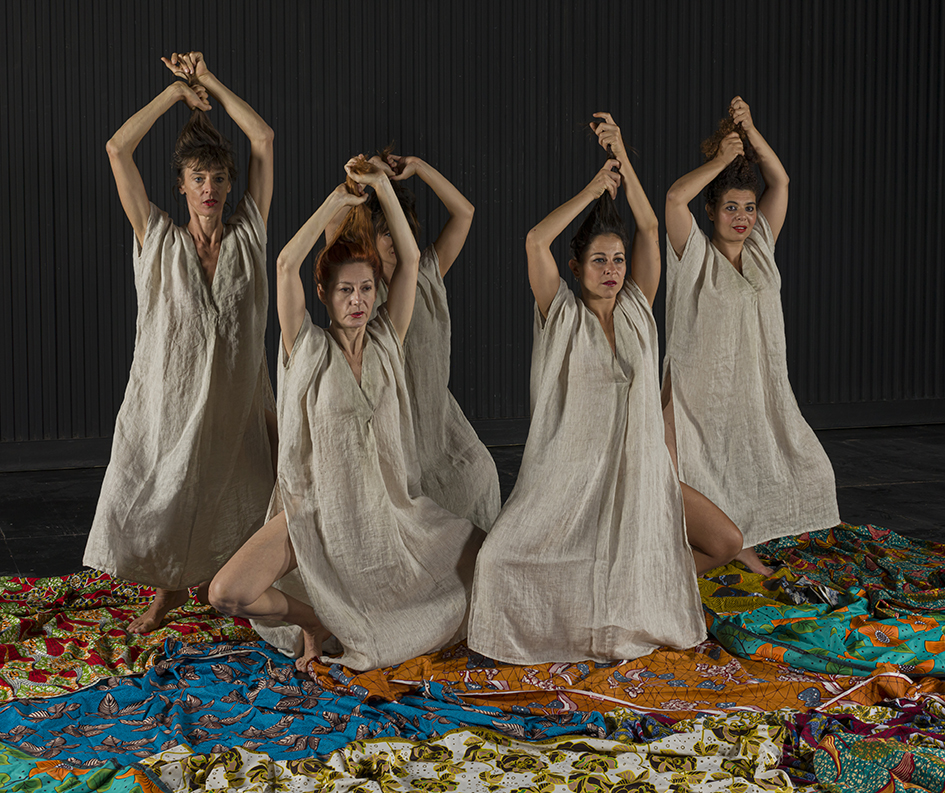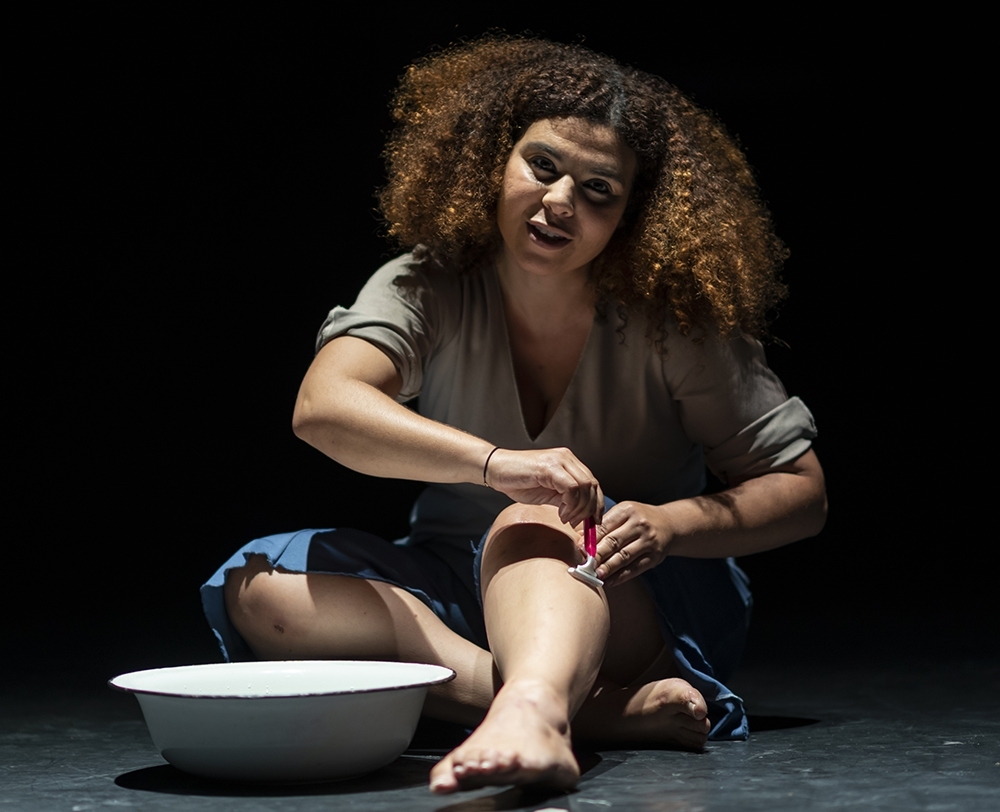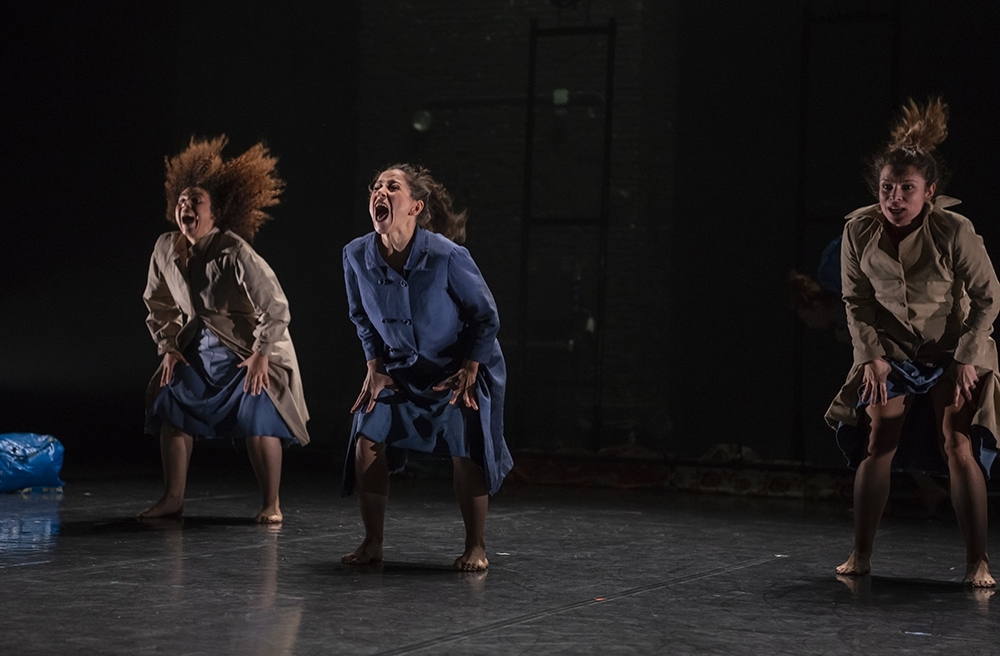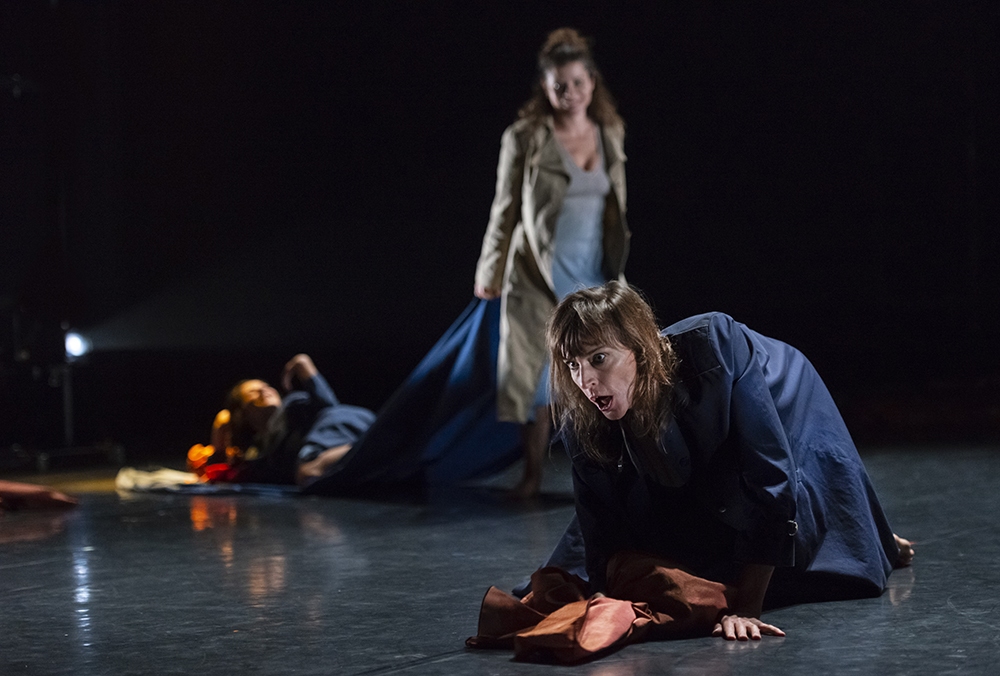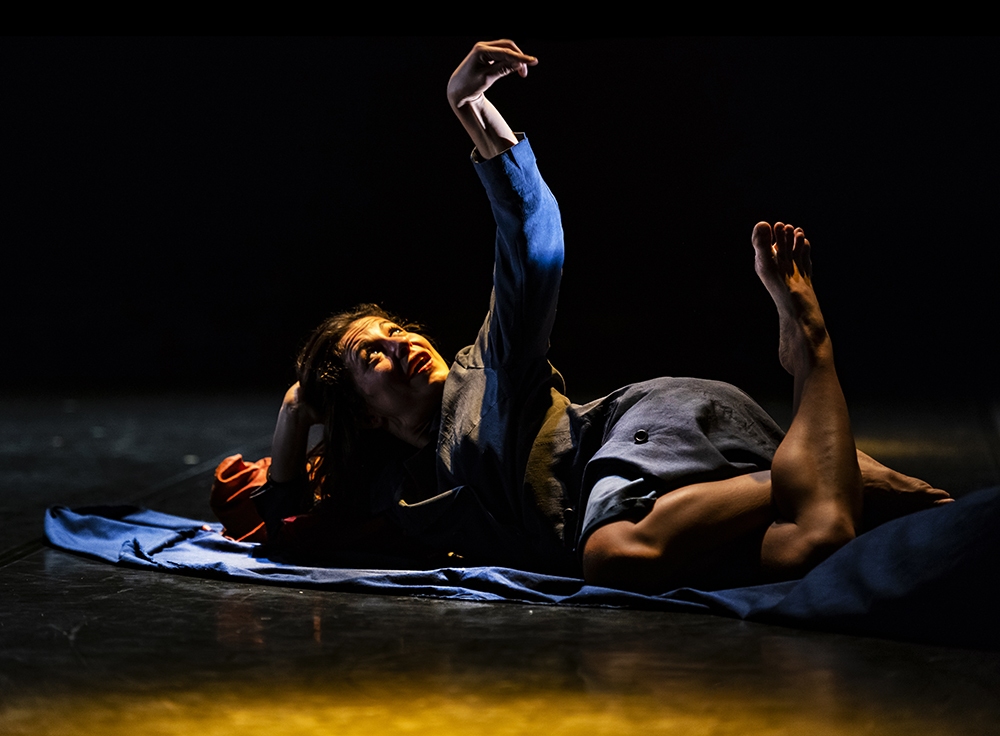By: Le Quotidien
"Tunis Théâtres du Monde opens with The Garden of the Hesperides: a journey through the twists and turns of the feminine universe The third edition of "Tunis Théâtres du Monde" opened yesterday, Thursday, March 20, at the "Le 4ème Art" theater in Tunis. Organized by the Théâtre National Tunisien (TNT). On the opening night, the audience attended a theatrical performance, a co-production between Morocco and Spain, entitled The Garden of the Hesperides, directed by Spanish director Alicia Soto. Combining theater, dance, visual storytelling, and music, this immersive experience explored the intimate world of women through an approach that combined mythology, poetry, and movement. The title of the show is inspired by the Greek myth of the Hesperides, the nymphs in charge of tending a garden with apple trees bearing golden fruit, symbols of protection, femininity, and immortality. This mythological nod is used in the play as a metaphor for the intimate world of women, where the characters oscillate between the private and public spheres, seeking protection and emancipation. The Garden of the Hesperides proved to be a sensorial and introspective odyssey, which drew the audience into the twists and turns of the female soul. Emotions intertwine, oscillating between pain and joy, oppression and liberation, submission and resistance, in a show that offers a new interpretation of the female experience in today's world. In Alicia Soto's interpretation, the garden becomes an intimate sanctuary, a space where each woman harbors her hopes, disappointments, and search for light. On stage, bodies express themselves as a visual language, revealing the tensions between the desire for emancipation and the limitations imposed by society. Between shadow and light, movement and stillness, the dance powerfully conveys the inner struggles and profound aspirations of the female soul. The choreography alternates between tranquility and agitation, revealing the profound internal tensions of the protagonists. In some scenes, the women reclining on the colorful fabrics seem in perfect harmony with their surroundings, evoking femininity, fertility, and ancestral heritage. In contrast, other scenes take on a more ritual and expressive dimension: arms are raised, crossed, and intertwined in a collective movement of revolt, embodying a shared struggle against oppression. Artistically, the performance stands out for its subtle fusion of the visual and the musical. Lighting, a true narrative tool, shapes emotions: dim lights evoke isolation and limitations, while flashes of light symbolize the search for freedom and the emergence of hope. The stage design, conceived with meticulous precision, blends harmoniously into the world of the performance. At the end of the performance, the colorful fabrics scattered across the stage transform into a vibrant metaphor for the inner richness and plurality of women's experiences. In terms of sound, the music fuses traditional Moroccan melodies with contemporary Western rhythms, bridging cultures and giving the work a universal appeal that transcends geographical and cultural boundaries. The Garden of the Hesperides is not only aesthetically pleasing but also addresses crucial issues related to the status of women in different societies. The work highlights the tension between individual freedom and oppressive social norms, women's struggle for their identity in a world governed by patriarchal structures, and the profound symbolic bond between women and nature. The performance also raises essential questions about women's existential quest throughout the ages, exploring their initiatory journey toward emancipation and the re-appropriation of their identity. The Garden of the Hesperides is more than simply a chronicle of women's struggle: it celebrates their resilience, their ability to reinvent themselves and overcome the challenges imposed by society. An artistic project at the crossroads of cultures. This show is part of a dynamic of cultural cooperation between Spain and Morocco. Before arriving in Tunisia, it was presented in Spain, Portugal, and Morocco as part of international theater and dance festivals. This collaboration highlights the universality of women's issues, underscoring that the fight for women's rights transcends borders and affects all societies, regardless of their cultural, social, or geographical origin. Through a subtle fusion of myth and modernity, movement and narrative, oppression and hope, The Garden of the Hesperides is a deeply captivating work, conveying a message of female emancipation and solidarity. By capturing the complexity of the female experience in all its richness, this exhibition reveals a reality in which memory, resistance, and dreams intertwine to outline the contours of a freer and more just future.

